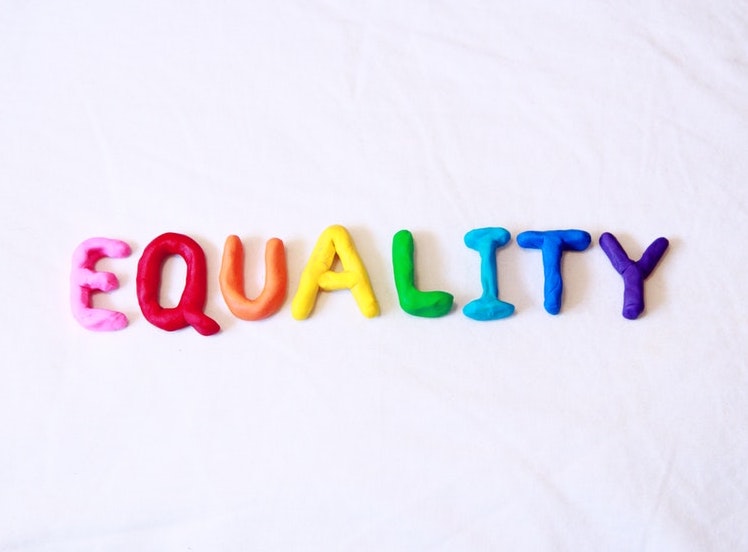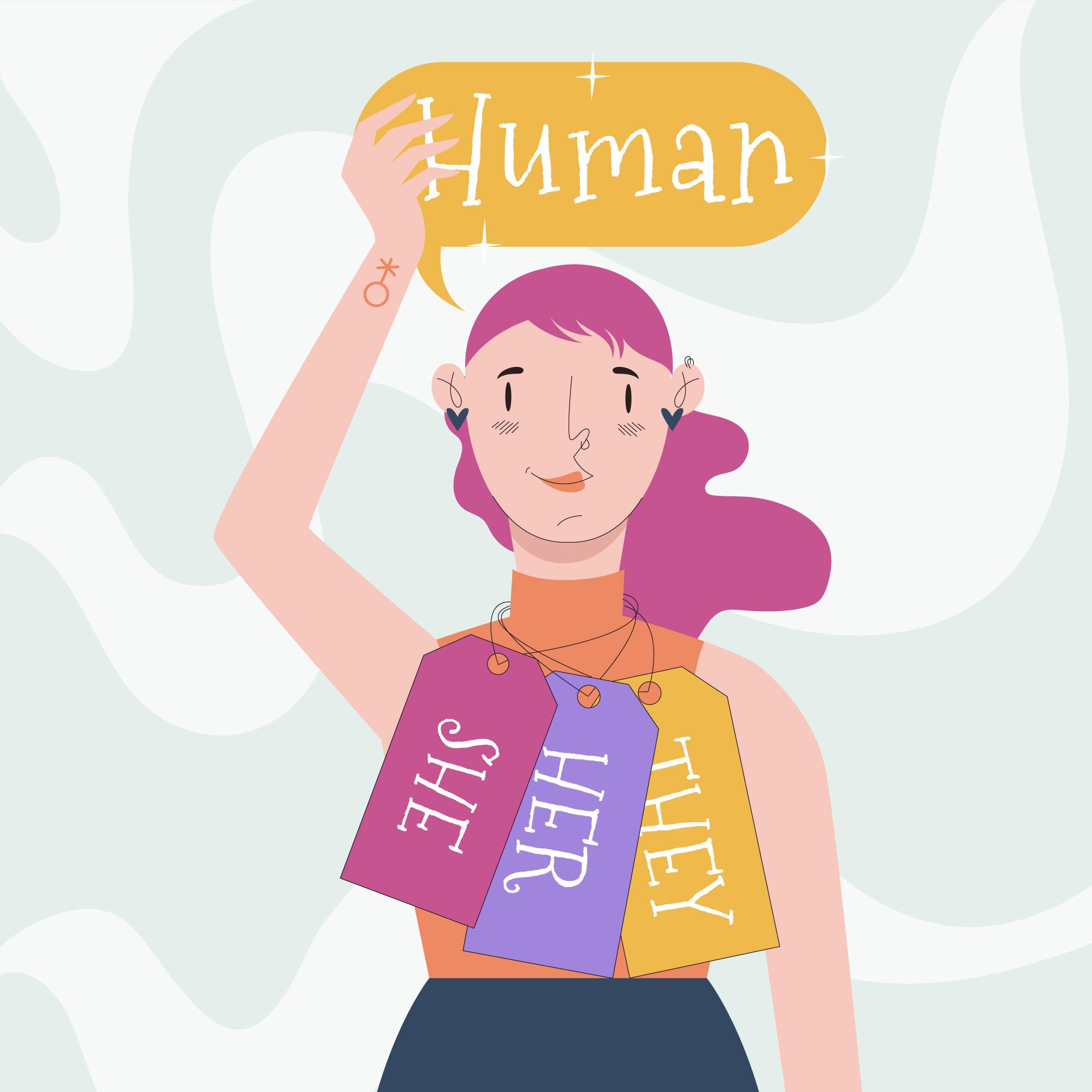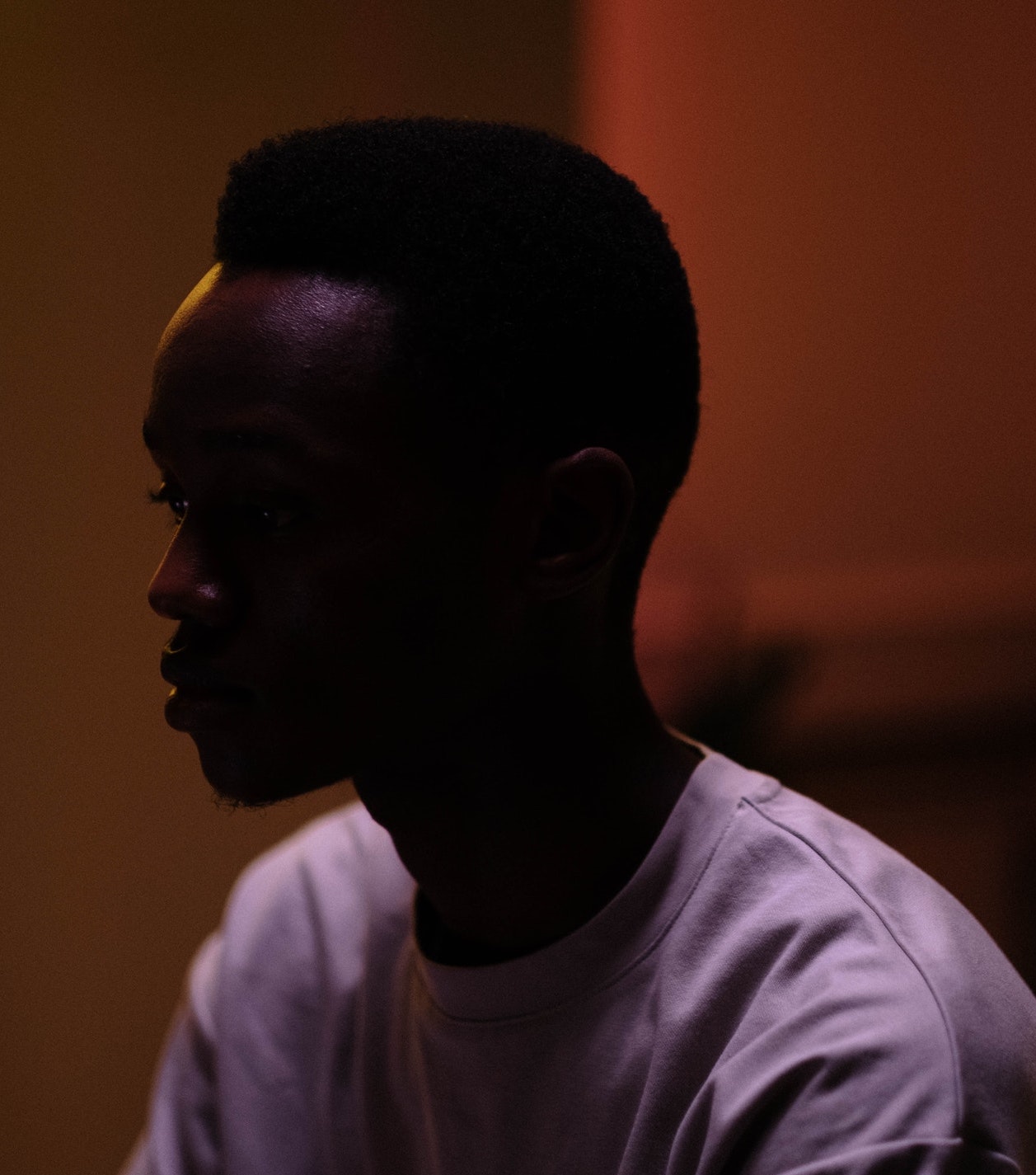 Five states, California, Illinois, New Jersey, Oregon and Colorado have mandates for public schools to teach LGBT-inclusive curriculum, which varies from the roles and contributions of LGBT figures in history to sex education. Yet experts say there is very little to enforce these requirements, whether that’s districts implementing the curriculum to teachers using it in their classrooms.
Five states, California, Illinois, New Jersey, Oregon and Colorado have mandates for public schools to teach LGBT-inclusive curriculum, which varies from the roles and contributions of LGBT figures in history to sex education. Yet experts say there is very little to enforce these requirements, whether that’s districts implementing the curriculum to teachers using it in their classrooms.
“I try to tell them you are mandated to teach it, and we can help you so that you do the best job possible, but after that we have no power to make them do it,” said Ron Indra, director of Safe Schools Project, an organization focused on LGBT inclusivity in education, and a former high school social studies teacher in Santa Cruz, California. “There really is no punishment even if they’re not.”
But there are steps educators and district leaders are taking to support teachers and districts, as well as families, to ensure LGBT-inclusive learning is adopted into curricula and brought to all students.
Addressing pushback from the community
Tray Robinson, a special education high school teacher in San Jose, California, said pushback to supporting LGBT-inclusive curriculum from families or people in the community can take indirect forms, as well — not necessarily a formal request to meet with a district superintendent.
“Pushback comes in the form of parents who won’t use your pronouns, or tell their kids there is another pronoun to use for you, or tell their kids there are only two pronouns,” said Robinson. “Even if they do not mean it to be malicious, it is what they believe.”
Some strategies administrators and educators can use to defuse situations when they get pushback from parents include offering a tool Taylor employed: inviting parents into a conversation and allowing them to be heard. But Taylor was also clear to families that the rollout would continue.
Dealing with opposition from educators
Resistance can occur within school buildings, as well. Some teachers, Indra said, will say they don’t have time to bring additional lessons into their existing educational plans when asked to adopt LGBT-inclusive curricula. While the Safe Schools Project offers districts curriculum guides written by educators on its staff and also makes its staff available for in-service support to districts and teachers, educators will still decline.
Curriculum designers and administrators can support teachers by adopting material from groups like Safe Schools Project, which has well-researched materials already developed that can be folded quickly into place. They can also point to individual lesson plans and activities that can be added to existing curricula.
Facing History and Ourselves, for example, has activities and PDFs of LGBTQ History Cards that can be printed by teachers and used in social studies, science, English literature and history courses to cover prominent historical figures like former San Francisco politician Harvey Milk, author James Baldwin, Hawaii politician Kim Coco Iwamoto and civil rights activist Bayard Rustin, a key organizer for the March on Washington.
Supporting teachers who adopt inclusive curricula
When teachers do take advantage of information, lessons and steps offered to them, there is a better chance they’ll be able to add LGBT-inclusive curricula into lesson plans, said Sara Staley, co-founder and co-director of A Queer Endeavor, a University of Colorado Boulder’s School of Education program centered around gender and sexual diversity in education.
Staley, an assistant professor of teacher learning, research and practice and a former classroom teacher, worked with teachers in the Boulder Valley School District to help them understand what LGBT students can experience in schools. She then walked them through steps educators can take in classrooms to support these young people. The group also worked to develop LGBT-inclusive lessons and curricula.
“Our sense is that teachers want to do right by LGBTQ+ youth, but they need help and access to professional development,” Staley told K-12 Dive via email. “Once teachers gained that access in BVSD, so many of them immediately put their learning to work through practice.”
Excerpted from “As Support for LGBT-Inclusive Curricula Grows, Districts Navigate Persistent Challenges” in K-12 DIVE. Read the full article online.
Source: K-12 DIVE | As Support for LGBT-Inclusive Curricula Grows, Districts Navigate Persistent Challenges, https://www.k12dive.com/news/as-support-for-lgbt-inclusive-curricula-grows-districts-navigate-persisten/596286 | © 2021 Industry Dive
CHC offers free community education sessions for educators. Join us to learn practical teaching strategies you can use in your classroom to help more kids reach their promise and potential. Educator sessions are led by experienced educator/clinician teams from Sand Hill School and CHC.
This resource is filed under:





